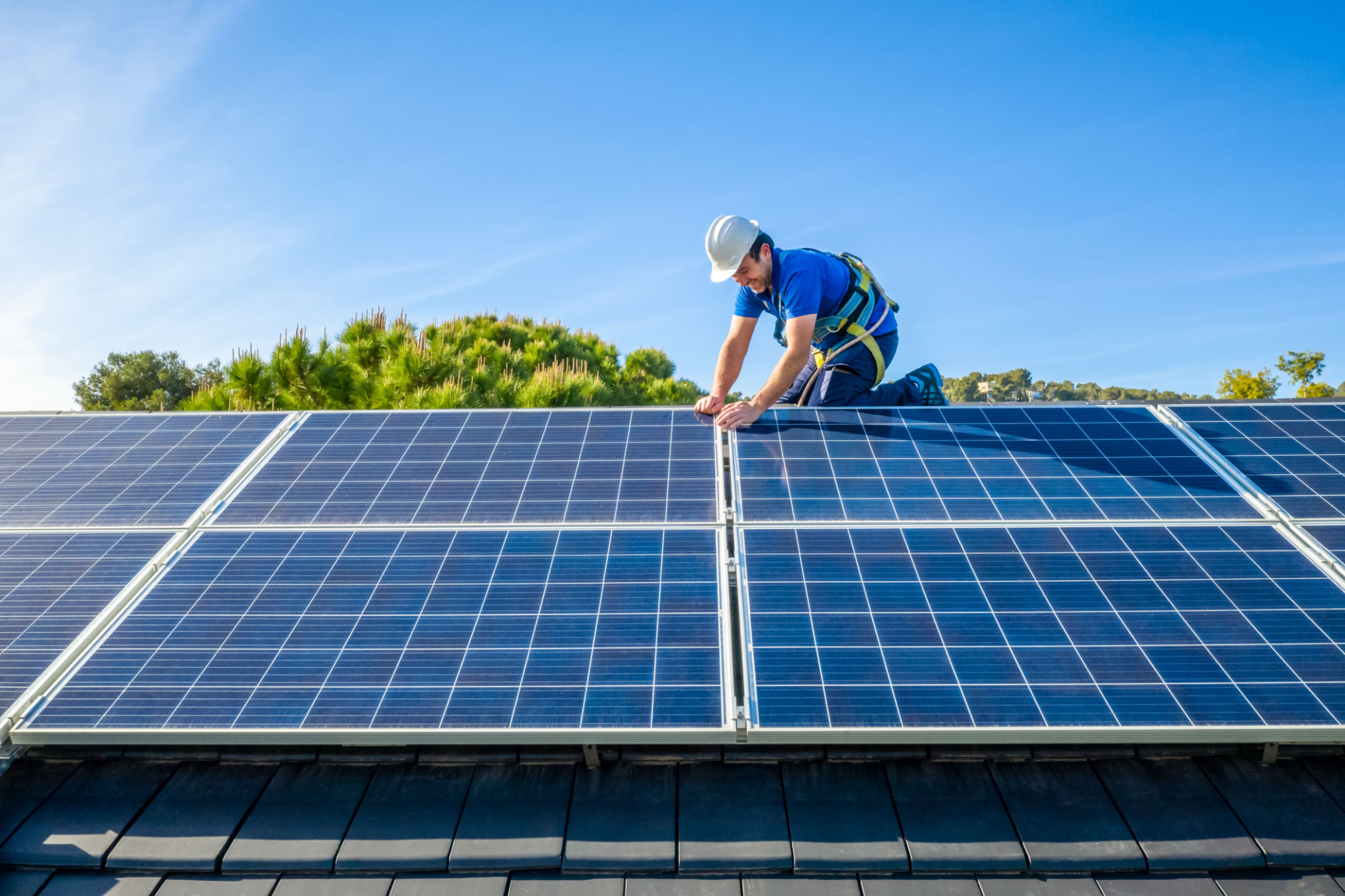A Comprehensive Guide to Solar-Powered Telecom Infrastructure
Introduction to Solar-Powered Telecom Infrastructure
As the demand for reliable and sustainable communication networks increases, the telecom industry is turning to renewable energy solutions. Solar-powered telecom infrastructure is emerging as a viable and eco-friendly alternative to traditional power sources. This comprehensive guide explores the benefits, components, and implementation strategies for integrating solar power into telecom systems.

The Benefits of Solar Power in Telecom
One of the primary advantages of using solar power in telecom infrastructure is its environmental impact. By harnessing solar energy, telecom companies can significantly reduce their carbon footprint and contribute to a cleaner environment. Additionally, solar power is abundant and renewable, ensuring a consistent energy supply.
Another significant benefit is cost savings. Although the initial investment in solar technology can be substantial, the long-term savings on energy costs make it a financially sound decision. Over time, reliance on solar power can lead to lower operational expenses and increased financial stability for telecom operators.
Reliable Power Supply
Solar-powered systems can provide a reliable power supply, especially in remote or off-grid locations where traditional power sources are unavailable or unreliable. This capability is crucial for maintaining uninterrupted communication services, particularly in emergency situations.

Key Components of Solar-Powered Telecom Systems
The core components of a solar-powered telecom system include solar panels, batteries, inverters, and charge controllers. Each plays a vital role in ensuring the system's efficiency and effectiveness.
- Solar Panels: These capture sunlight and convert it into electricity.
- Batteries: Store energy for use during cloudy days or at night.
- Inverters: Convert direct current (DC) generated by the panels into alternating current (AC) used by telecom equipment.
- Charge Controllers: Regulate the flow of electricity to prevent overcharging and damage to batteries.
System Design and Installation
Designing a solar-powered telecom system requires careful planning and consideration of various factors such as location, energy requirements, and local weather conditions. It's essential to conduct a thorough site assessment to determine the optimal placement of solar panels for maximum sun exposure.

Implementing Solar Solutions in Telecom
The implementation process involves several critical steps, starting with the selection of appropriate solar technology. Telecom operators must choose equipment that meets their specific energy needs while considering future scalability. Partnering with experienced solar providers can facilitate a smooth transition.
Once the technology is selected, it's crucial to address any regulatory and compliance requirements. Different regions may have varying rules regarding solar installations, so it's important to stay informed and ensure all necessary permits are obtained.
Monitoring and Maintenance
Regular monitoring and maintenance are essential for the longevity and efficiency of solar-powered telecom systems. Implementing a robust monitoring system allows operators to track performance metrics and quickly identify any issues. Routine maintenance, such as cleaning panels and checking connections, helps maintain optimal functionality.

The Future of Solar-Powered Telecom Infrastructure
The adoption of solar-powered telecom infrastructure is expected to grow as technology advances and the need for sustainable solutions becomes more urgent. Innovations in battery storage and solar panel efficiency will further enhance the viability of these systems.
By investing in solar power, telecom companies are not only creating more resilient networks but also playing a crucial role in the global transition toward renewable energy. As this trend continues, we can expect a more sustainable future for telecommunications worldwide.
